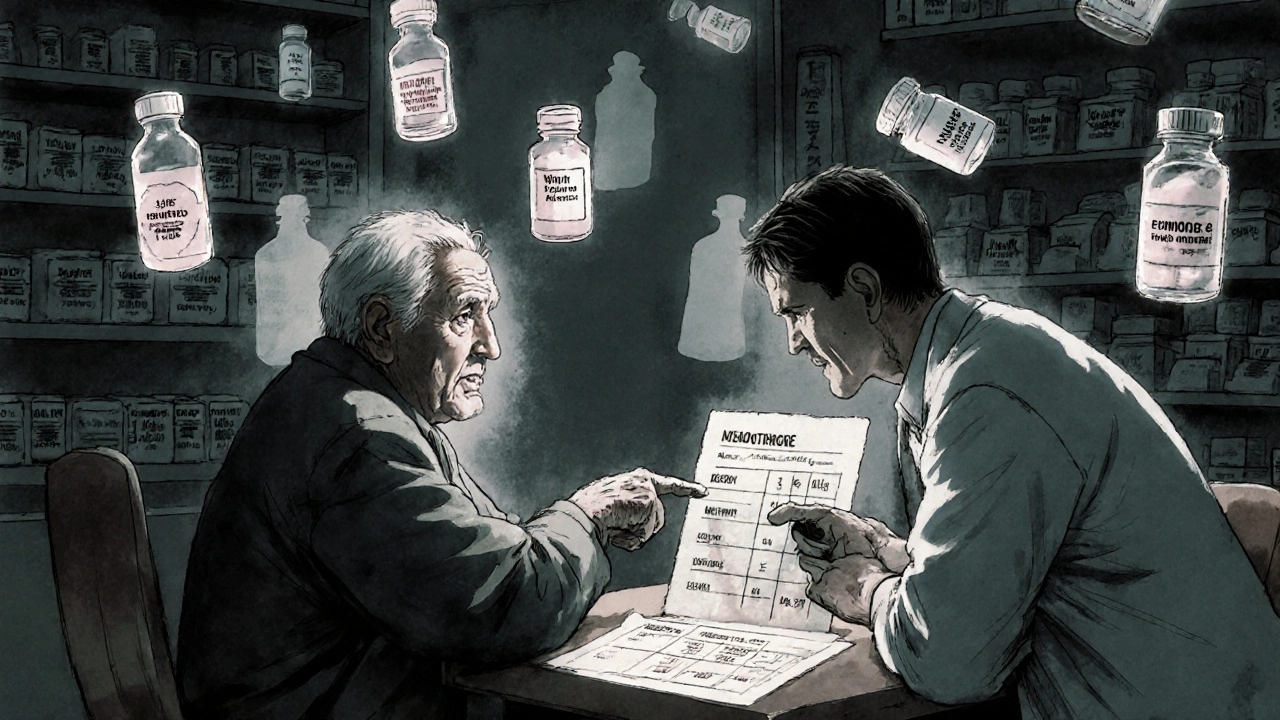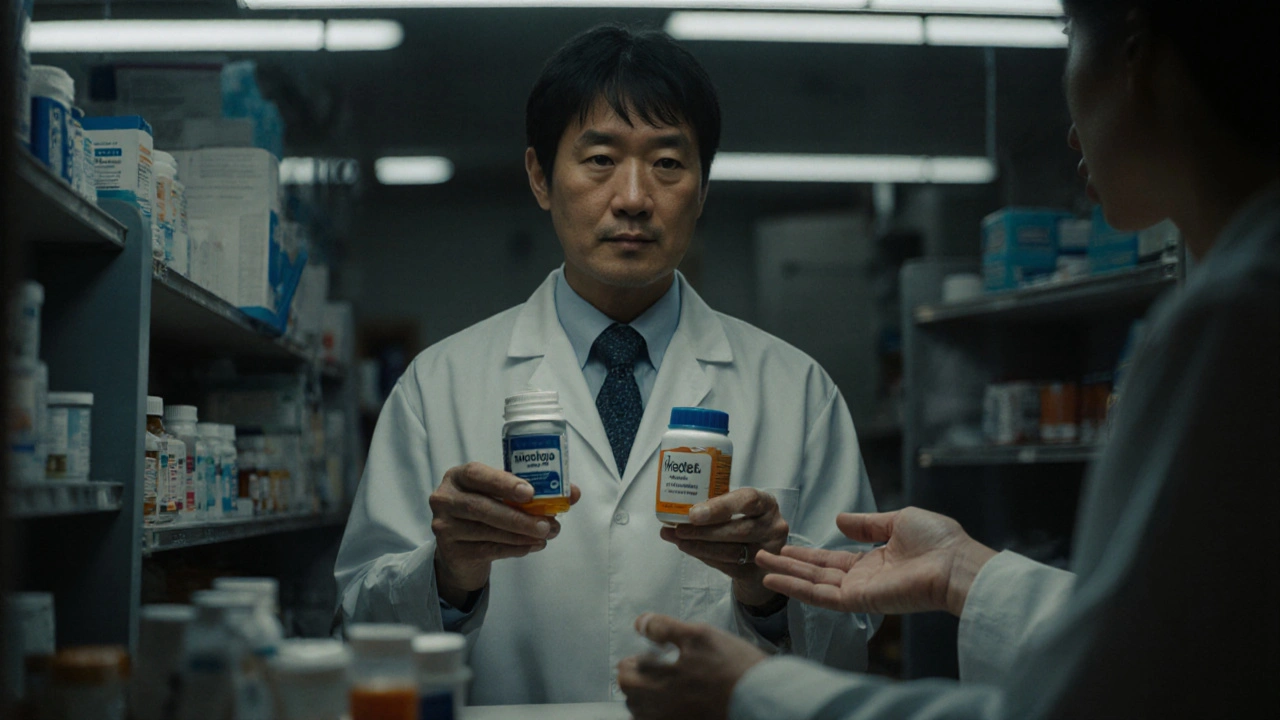Pharmacists play a vital role in Medication Therapy Management by optimizing generic drug use to improve adherence, reduce costs, and prevent adverse events. Learn how MTM works and why it matters for patient outcomes.
Generic Drugs: What They Are, How They Work, and How to Buy Them Safely
When you hear generic drugs, medications that contain the same active ingredients as brand-name drugs but are sold under their chemical name. Also known as generic medication, they work the same way, in the same amount of time, and with the same risks and benefits as the original—except they cost a fraction of the price. The FDA requires them to meet the same strict standards for strength, purity, and performance. So why do so many people still hesitate? It’s not because they’re less effective. It’s because they’re less marketed.
Generic drugs aren’t knockoffs. They’re exact copies of the original formula, just without the fancy packaging or celebrity ads. Take atorvastatin, the generic version of Lipitor, used to lower cholesterol. It’s chemically identical to the brand name. The same goes for tadalafil, the generic form of Cialis used for erectile dysfunction. The difference isn’t in the medicine—it’s in the price tag. A 30-day supply of brand-name Cialis might cost $400. The generic? Often under $20.
But buying cheap doesn’t mean buying safe. That’s where things get tricky. Many people search online for cheap generic Lipitor, a common cholesterol-lowering medication sold under its generic name atorvastatin, or generic Zyrtec, the antihistamine used for allergies, sold as cetirizine, and end up on shady websites selling fake or contaminated pills. The FDA has shut down hundreds of these sites. Real generic drugs come from manufacturers approved by the FDA or equivalent agencies like Australia’s TGA. Always check if the pharmacy requires a prescription and lists a physical address. If it doesn’t, walk away.
Some drugs, like lopinavir/ritonavir, a combination HIV treatment where ritonavir boosts lopinavir’s effectiveness, have complex interactions. Even generics must follow the same rules. Switching from brand to generic shouldn’t change how your body reacts—but it can if the fillers or coatings are different. That’s rare, but it happens. People with sensitive systems or chronic conditions like HIV, high blood pressure, or epilepsy need to watch for subtle changes after switching. Talk to your pharmacist. Don’t assume all generics are interchangeable.
There’s also the issue of OTC switches, when a prescription drug becomes available without a prescription, like certain allergy or acid reflux meds. Many of these started as brand names, then went generic, then became over-the-counter. That means you’re now buying a drug that was once only available with a doctor’s oversight. That’s fine—if you know what you’re doing. But mixing generic ibuprofen with your blood pressure pill? That’s risky. The same goes for mixing generic sertraline with other antidepressants. Side effects don’t disappear just because the label says "generic."
What you’ll find here are real, practical guides on how to use, compare, and safely buy generic drugs. From how to spot a fake online pharmacy to why your blood pressure medicine might suddenly stop working after a switch, we cover what matters. You’ll see how generic drugs stack up against brand names in cost, safety, and effectiveness. No fluff. No hype. Just what you need to know to save money without risking your health.
Understand how insurance formularies treat generic and brand-name drugs differently - from copays and substitutions to medical exceptions and patient rights.
Authorized generics are identical to brand-name drugs but sold without the brand label. Learn how they work, why they exist, how they differ from traditional generics, and what you need to know as a patient.



